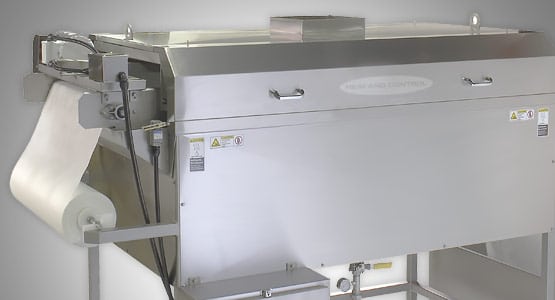Industrial fabrics are designed and engineered to be used in products, processes, or services where functional requirement trump the aesthetic form commonly considered the realm of textiles. They are used by non-apparel industry professionals for challenging and high-performance applications. Industrial fabrics can be a component part of another product in order to alter the strength, performance and other properties of that product. They can also be used in product manufacturing or used alone to perform one or several specific functions. Industrial fabrics differ from textile (apparel) fabrics in several ways. Industrial fabrics are made of higher Fiberglass Blanket imageperformance fibers, yarns, and chemicals to prevent failures which could have dangerous consequences. Functionality is the most important feature because the fabric must be able to handle the environmental factors and structural requirements of the application. Manufacturing industrial fabrics is more difficult because higher value fibers and materials can be more difficult to manipulate due to the intrinsic performance specifications. For example, glass fibers are very abrasive. Regular and thorough testing using highly accurate and reliable tests lead to an increase in the life expectancy of the fabrics.
Fiber vs. Fabric
Staple vs filament fibers diagram
A fiber is a natural or synthetic substance with a very high aspect ratio (length to width) that can be processed by various means into a fabric. Properties of fibers include length, size and surface contour. Fibers are available in two lengths, staple or filament. A staple fiber has limited or finite length. The length of the fiber is measured in inches or centimeters and the length can vary within a fiber of the same source. Short fibers may be twisted together to make yarn or used in their staple form to produce non-woven fabrics. A filament is a fiber with an unlimited or seemingly infinite length. The long continuous filament fibers are measured in yards or meters. If a filament is bundled and cut it is called a tow.
A fabric is created by fibers which have been spun into yarns and then bonded together. It is a planar assembly of fibers, yarns, or both. Due to the many methods of fabric manufacturing, there is a great variety of characteristics and structures.
Natural vs. Synthetic
Natural fibers are made of cellulose which is the primary structural component of plants and bacterial cell walls. Animal fibers are also considered natural fibers because they are composed of protein. Natural fibers are structurally strong and resistant to chemical attacks because the molecule contains many polar hydroxyl groups that interact with adjacent molecules. Natural fibers, such as cotton, can be chemically modified to form regenerated fibers known as rayon and acetate.
Read more: Industrial Fabrics Information










